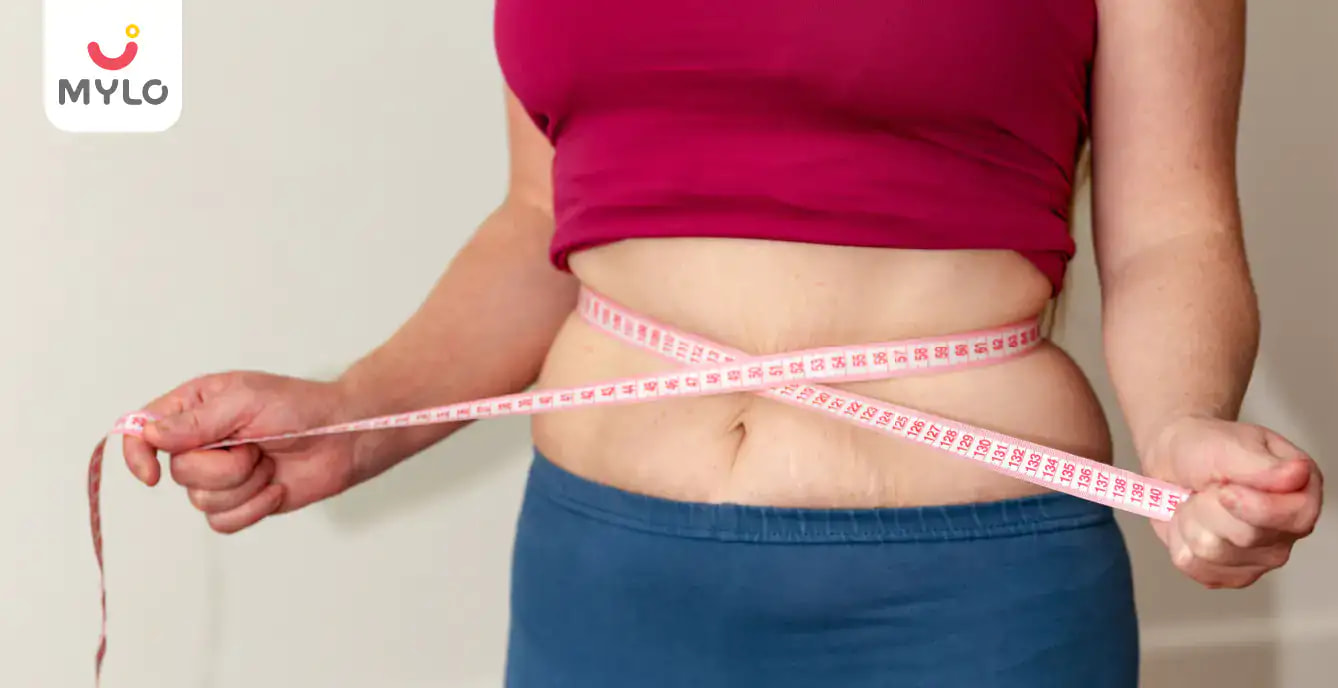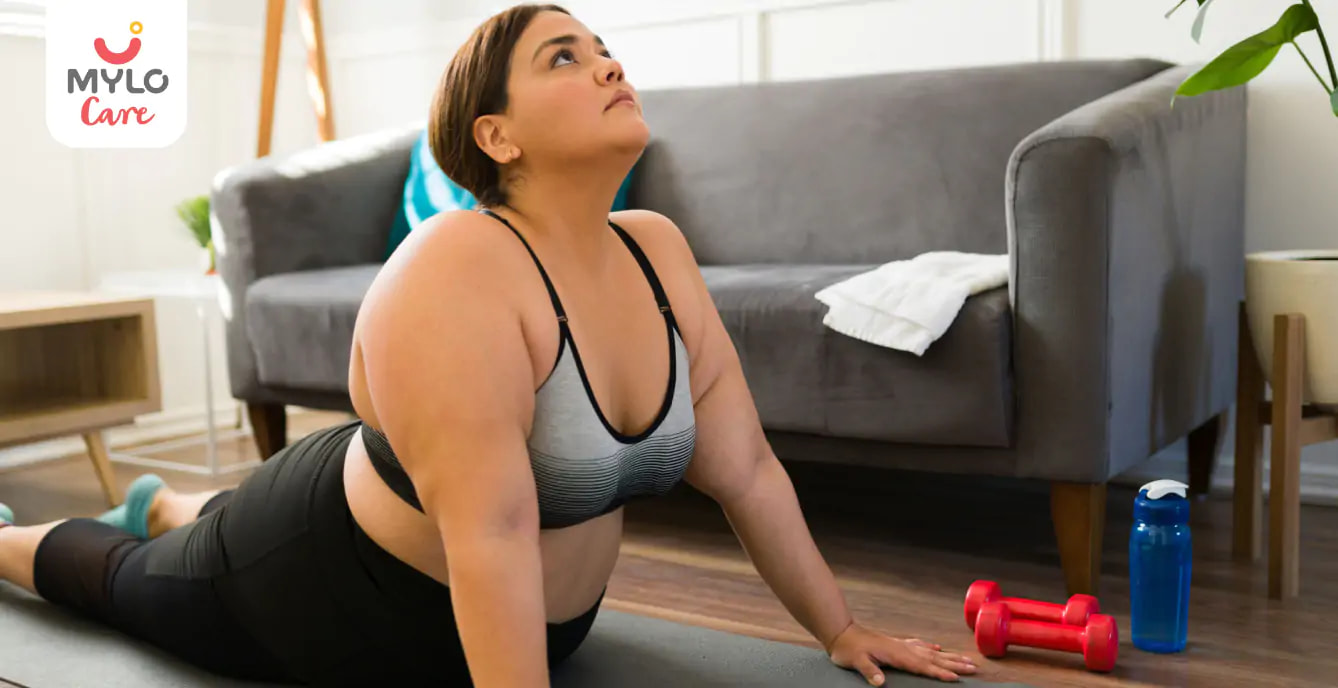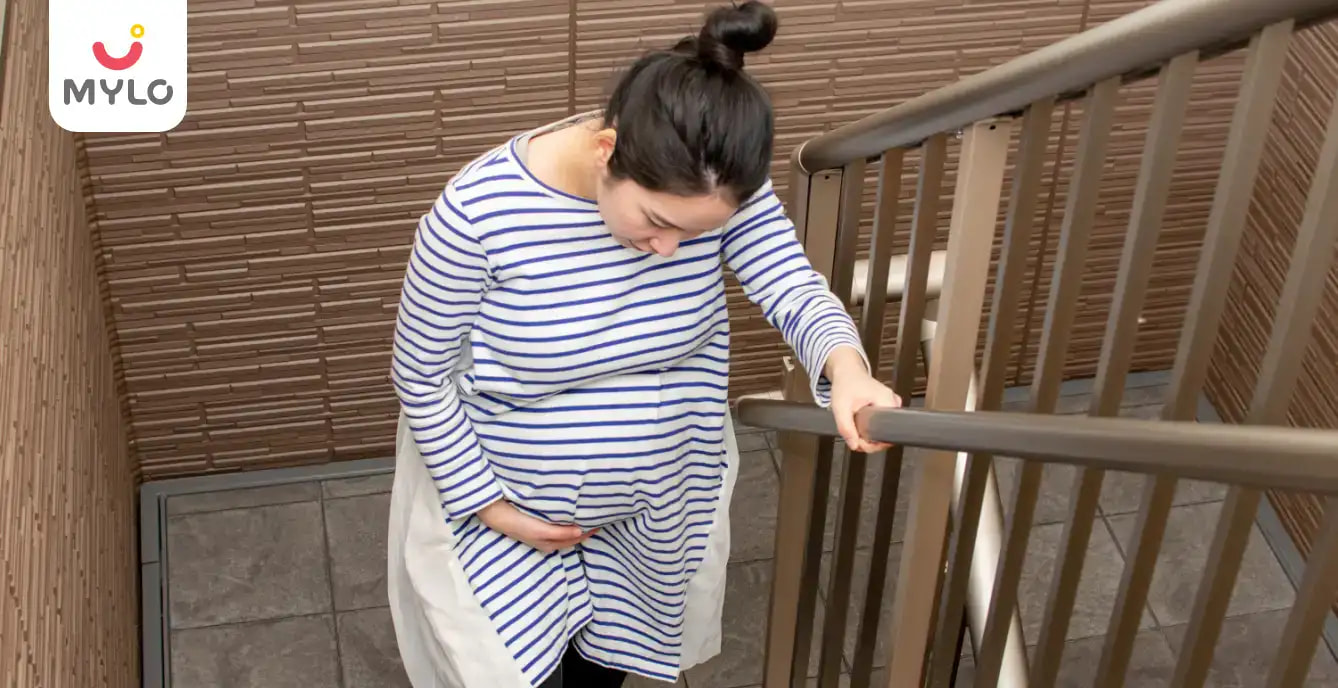Home

Exercise & Fitness

Squat During Pregnancy Benefits & Precautions
In this Article
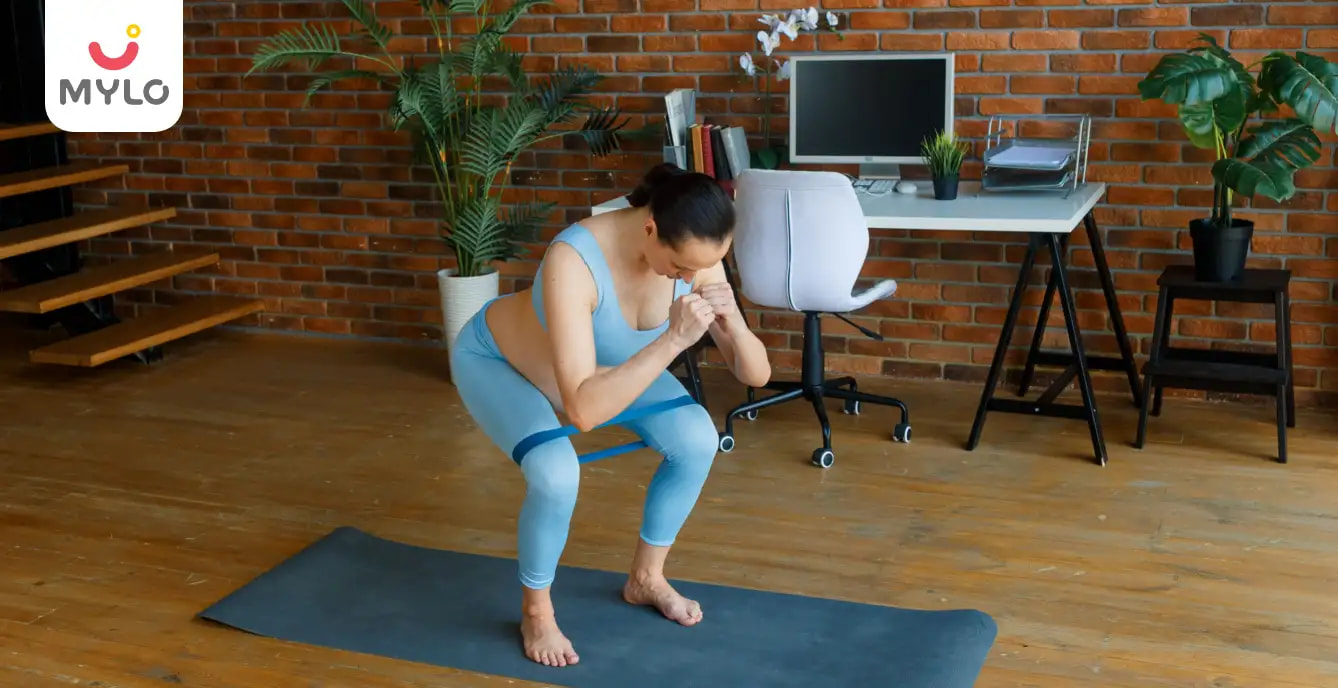
Exercise & Fitness
Squat During Pregnancy Benefits & Precautions
Updated on 8 November 2023
Squats during pregnancy are a popular (though challenging) exercise that helps increase lower body strength. It's a workout with many variations done with or without equipment and targets different body areas. Pregnant women can add this excellent workout into their daily or weekly fitness program with safety precautions, doctor consultation, and a trainer before beginning and performing under supervision.
The following looks at the benefits and precautions of squatting during pregnancy in more detail.
Can You Perform Squats During Pregnancy
Squatting during pregnancy is a great resistance workout for expecting mothers because it helps keep their hips, core, glutes, and pelvic floor muscles strong and mobile. When done correctly, squats strengthen muscles for labor and delivery and help improve one's posture. Women don't need to use weights when reaping the benefits of pregnancy squats.
Before beginning any new workout while pregnant, it is crucial to have the doctor's approval.
Benefits Of Squat During Pregnancy
Working out while pregnant is good for both the mother and the baby. It's also important to point out that for many pregnant women, staying active makes them happier, less anxious, and more in tune with their growing bodies.
Here are five reasons why pregnant women should do squats:
-
Squat during pregnancy helps a pregnant woman keep a healthy weight since too much weight gain can be harmful if it exceeds a particular threshold.
-
Pregnancy squats build muscular strength and help keep the correct posture. It also prevents putting too much stress on the knee ligaments without hurting the pregnant woman or her baby.
-
Squat in pregnancy is a great way to relieve pregnancy-related lower back pain. It's great for a pregnant woman's legs and back since it works on the hamstring and quad muscles.
-
Squatting can help relieve aches and pains common during pregnancy, such as insomnia, constipation, leg cramps, heartburn, incontinence, and varicose veins.
-
Women who stay active during their pregnancy and do squats in their ninth month go into labor earlier and have fewer problems during delivery.
You may also like: 10 Effective Exercises to Induce Labor Fast & Have a Safe Delivery
Safe Squat Workouts During Pregnancy
Here are some safe squat workouts you can practice during pregnancy:
1. Bodyweight squats
The bodyweight squat is an excellent lower-body strengthening exercise that requires neither special equipment nor much room. It is an efficient pregnancy squat exercise that uses almost all the muscles in one's legs.
2. Sumo squats
The inner thigh and glute muscles are the focus of this particular squat variation. Moreover, it's a great hip-opener stretch. An expecting mother's joints are more pliable during pregnancy. It is easier to injure by stretching too much. In other words, a pregnant woman should not stretch further than she needs to.
3. Ball Wall Squats
Using a ball to perform ball wall squats is a fantastic way to build strength in the expecting mother's legs and glutes. It's great for a pregnant woman's legs and back since she works on the hamstring and quad muscles.
4. Deep squats hold with pelvic floor contraction
A set of muscles known as the pelvic floor serve as a sling for the bladder, uterus, and other reproductive organs. These muscles might weaken during pregnancy, resulting in urinary incontinence and other problems after delivery. Keeping the pelvic floor muscles strong during pregnancy is vital since they come in handy during birth. Deep squats held with pelvic floor contraction are shallower and narrower and are better for strengthening the pelvic floor during pregnancy.
5. Chair squats
This is a fantastic alternative to traditional squats for pregnant women or anyone else who may have trouble maintaining their balance. The glutes, hip flexors, abs, quadriceps, calves, and hamstrings are all engaged in a chair squat.
You may also like: 11 Benefits of Butterfly Exercise in Pregnancy
Precautions
Squat exercise in pregnancy poses no risk to the pregnant woman's ability. However, there are always some precautions a pregnant woman should take while performing squats.
Following are basic safety measures to keep in mind while performing pregnancy squat exercises:
-
Pregnant women should slowly and carefully work out each squat movement. This is because, during a woman's pregnancy, the protein hormone relaxin causes her ligaments and joints to loosen up.
-
It's essential for a pregnant woman not to get too hot or thirsty. So, she should make sure to drink water while doing squat during pregnancy.
-
A pregnant woman should ensure she is comfortable with the depth of her squat, so she does not lose her balance, especially in the latter stages of her pregnancy.
Pregnant women should remember that they are the best judge of their bodies, so if something doesn't seem right, they should take a break.
Conclusion
Squats are an excellent workout for pregnant women because they maintain lean muscle mass and strengthen the core, increasing a pregnant woman's ability to carry a child, labor, and deliver naturally. They also help improve posture, making them a great overall workout.
Remember that a pregnant woman must always get her doctor's approval before doing squat during pregnancy or any new exercise program.
References
1. Hemmerich A, Bandrowska T, Dumas GA. (2019). The effects of squatting while pregnant on pelvic dimensions: A computational simulation to understand childbirth. J Biomech.
2. Gorman J, Roberts CA, Newsham S, Bentley GR. (2022). Squatting, pelvic morphology and a reconsideration of childbirth difficulties. Evol Med Public Health.
Tags
Squat during pregnancy in Hindi, Squat during pregnancy in Tamil, Squat during pregnancy in Telugu, Squat during pregnancy in Bengali



Written by
Sanju Rathi
A Postgraduate in English Literature and a professional diploma holder in Interior Design and Display, Sanju started her career as English TGT. Always interested in writing, shetook to freelance writing to pursue her passion side by side. As a content specialist, She is actively producing and providing content in every possible niche.
Read MoreGet baby's diet chart, and growth tips
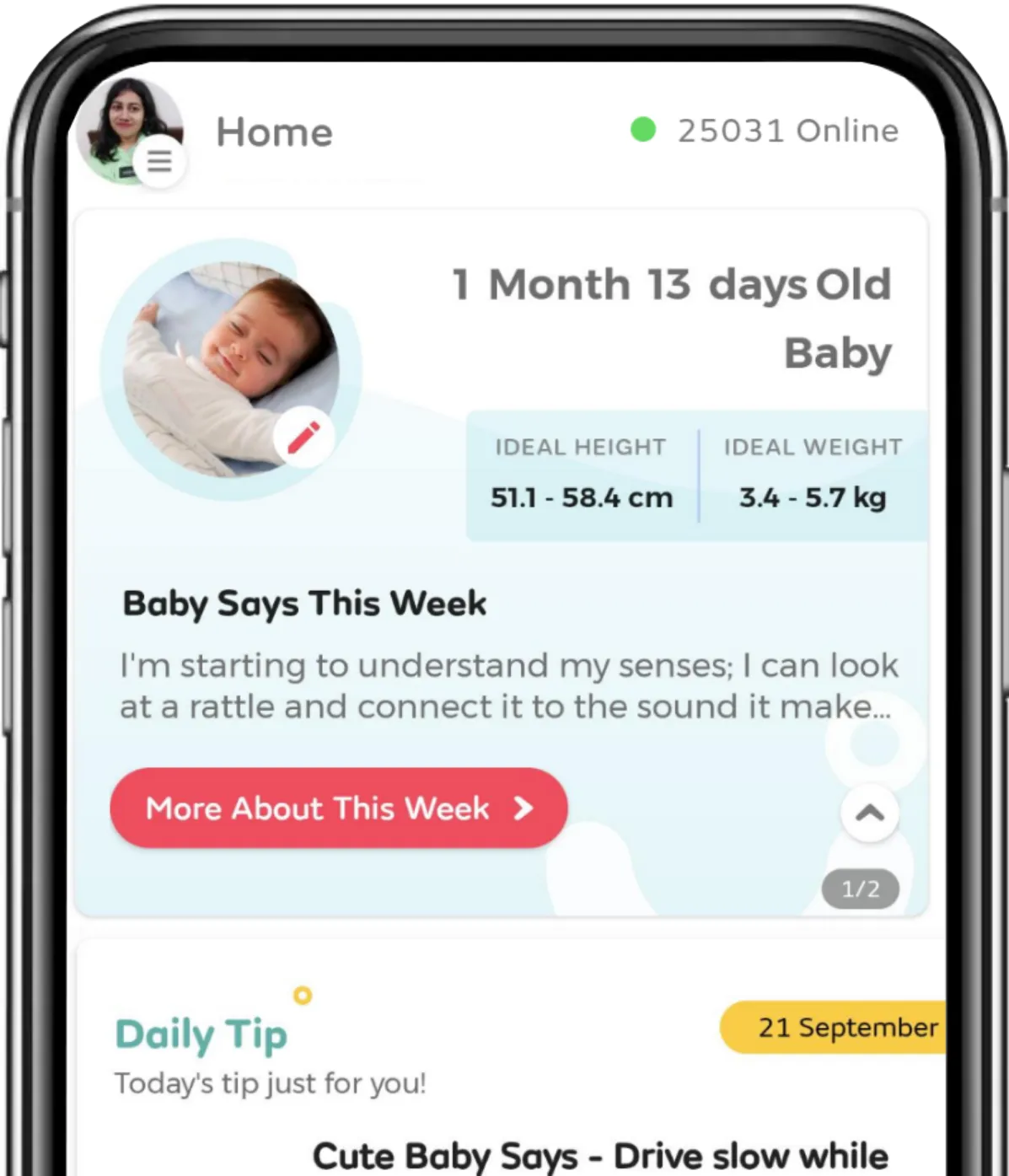
Related Articles
Related Topics
RECENTLY PUBLISHED ARTICLES
our most recent articles

Common Health Problems
The Ultimate Guide to Thyroid Treatment in Ayurveda
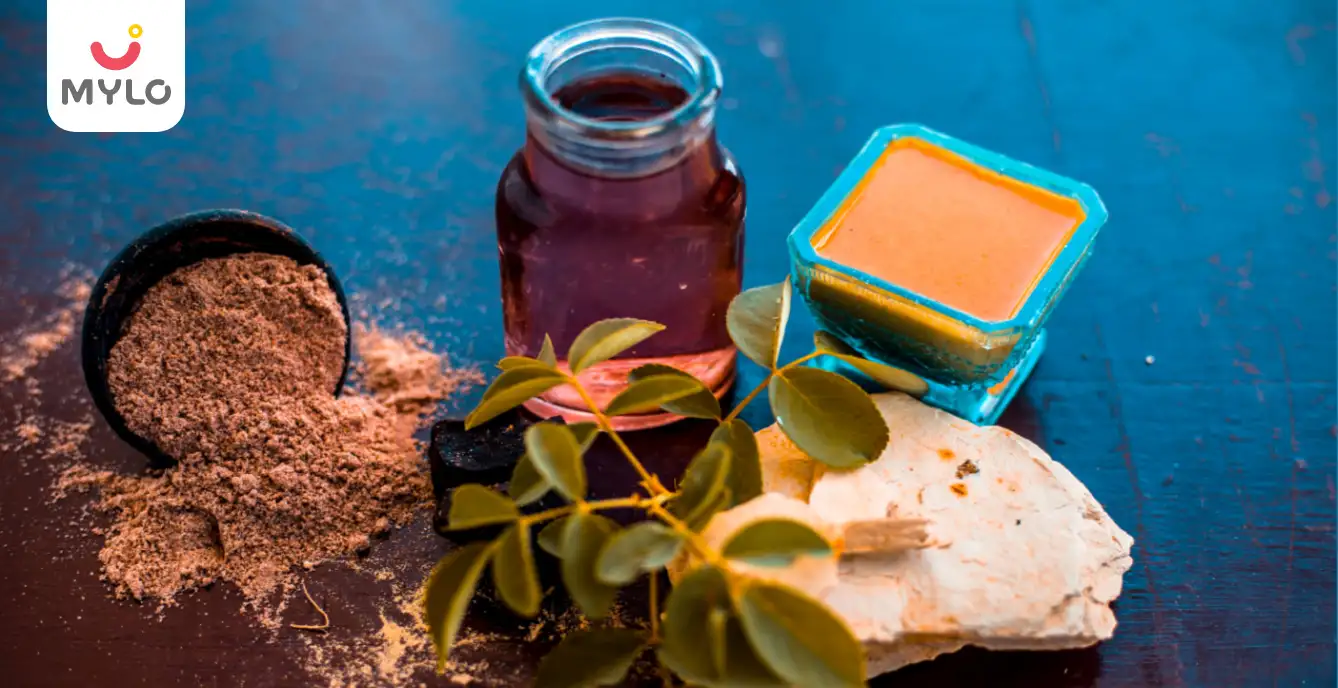
Pimples and Acne
Ayurvedic Treatment for Acne: Holistic Healing for Clear Skin
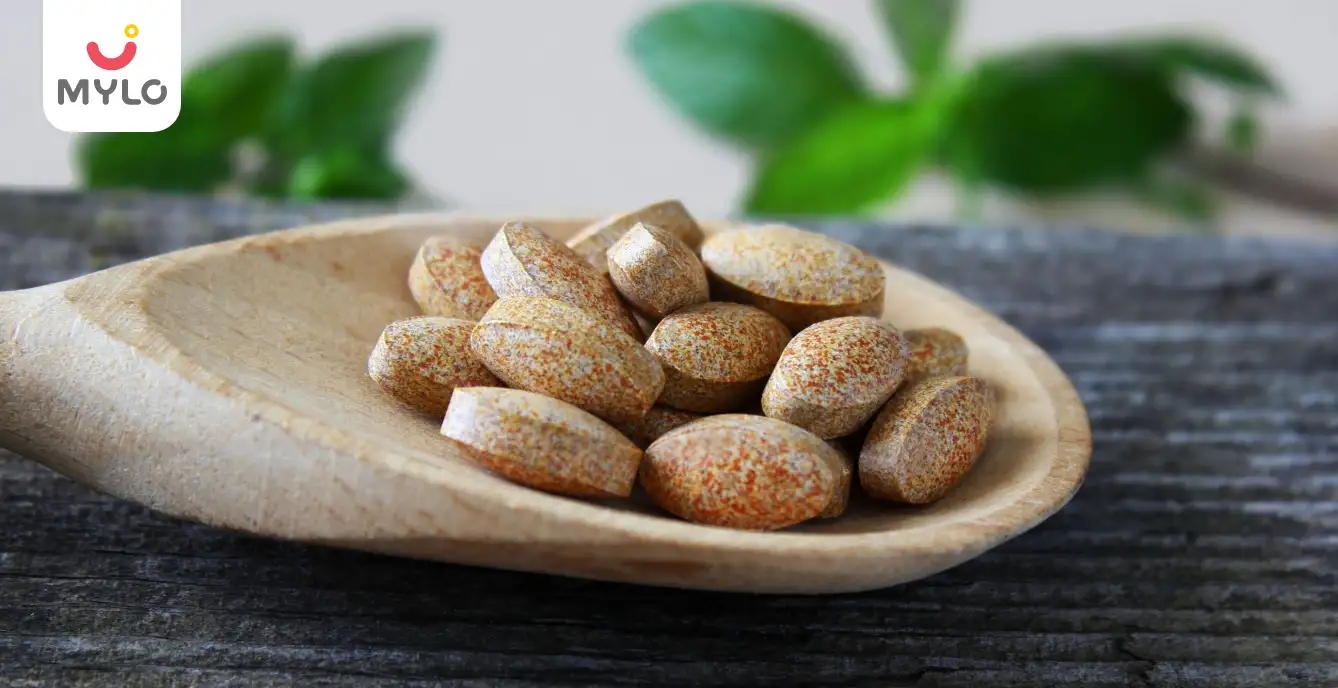
Ayurveda & Homeopathy
Gokshuradi Guggulu: Ayurveda's Solution for UTI and Kidney Support

Menstrual Cycle
The Surprising Benefits of Dark Chocolate for Periods

Common Health Problems
How to Reduce Air Pollution in Your Daily Life

Hormones
Normal Prolactin Levels to Get Pregnant: What You Need to Know
- What Causes Low HCG Levels in Early Pregnancy & How to Increase It?
- Top 10 Babymoon Destinations in India for Expecting Parents
- Understanding the Reasons & Solutions for a Baby Not Eating Food
- The Ultimate Guide on How to Delay Periods Naturally
- গর্ভাবস্থায় আলুবোখরা: উপকারিতা ও ঝুঁকি | Prunes During Pregnancy: Benefits & Risks in Bengali
- গর্ভাবস্থায় হিং | ঝুঁকি, সুবিধা এবং অন্যান্য চিকিৎসা | Hing During Pregnancy | Risks, Benefits & Other Treatments in Bengali
- স্তনের উপর সাদা দাগ: লক্ষণ, কারণ এবং চিকিৎসা | White Spots on Nipple: Causes, Symptoms, and Treatments in Bengali
- গর্ভাবস্থায় পোহা: উপকারিতা, ধরণ এবং রেসিপি | Poha During Pregnancy: Benefits, Types & Recipes in Bengali
- গর্ভাবস্থায় মাছ: উপকারিতা এবং ঝুঁকি | Fish In Pregnancy: Benefits and Risks in Bengali
- গর্ভাবস্থায় রেড ওয়াইন: পার্শ্ব প্রতিক্রিয়া এবং নির্দেশিকা | Red Wine During Pregnancy: Side Effects & Guidelines in Bengali
- ইনার থাই চ্যাফিং: কারণ, উপসর্গ এবং চিকিৎসা | Inner Thigh Chafing: Causes, Symptoms & Treatment in Bengali
- গর্ভাবস্থায় ব্রাউন রাইস: উপকারিতা ও সতর্কতা | Brown Rice During Pregnancy: Benefits & Precautions in Bengali
- Velamentous Cord Insertion - Precautions, Results & Safety
- Unlock the Secret to Flawless Skin: 7 Must-Have Qualities in a Face Serum


AWARDS AND RECOGNITION

Mylo wins Forbes D2C Disruptor award

Mylo wins The Economic Times Promising Brands 2022
AS SEEN IN
















- Mylo Care: Effective and science-backed personal care and wellness solutions for a joyful you.
- Mylo Baby: Science-backed, gentle and effective personal care & hygiene range for your little one.
- Mylo Community: Trusted and empathetic community of 10mn+ parents and experts.
Product Categories
baby carrier | baby soap | baby wipes | stretch marks cream | baby cream | baby shampoo | baby massage oil | baby hair oil | stretch marks oil | baby body wash | baby powder | baby lotion | diaper rash cream | newborn diapers | teether | baby kajal | baby diapers | cloth diapers |



